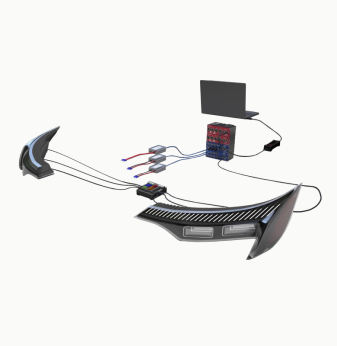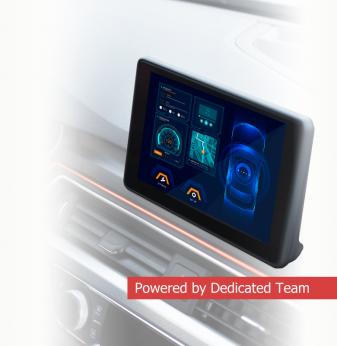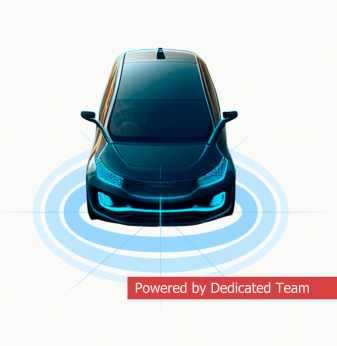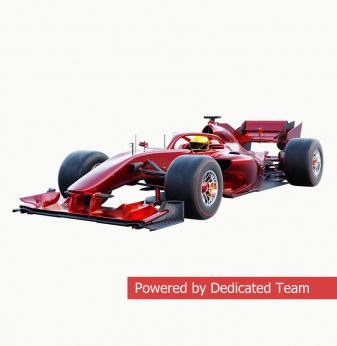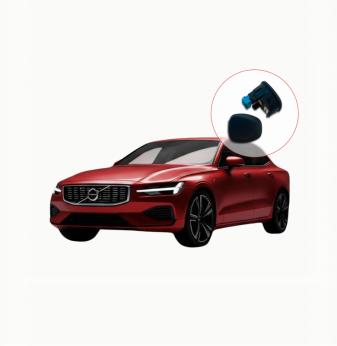Centralized or Zonal? The Future of ECU Architecture in Modern Vehicles
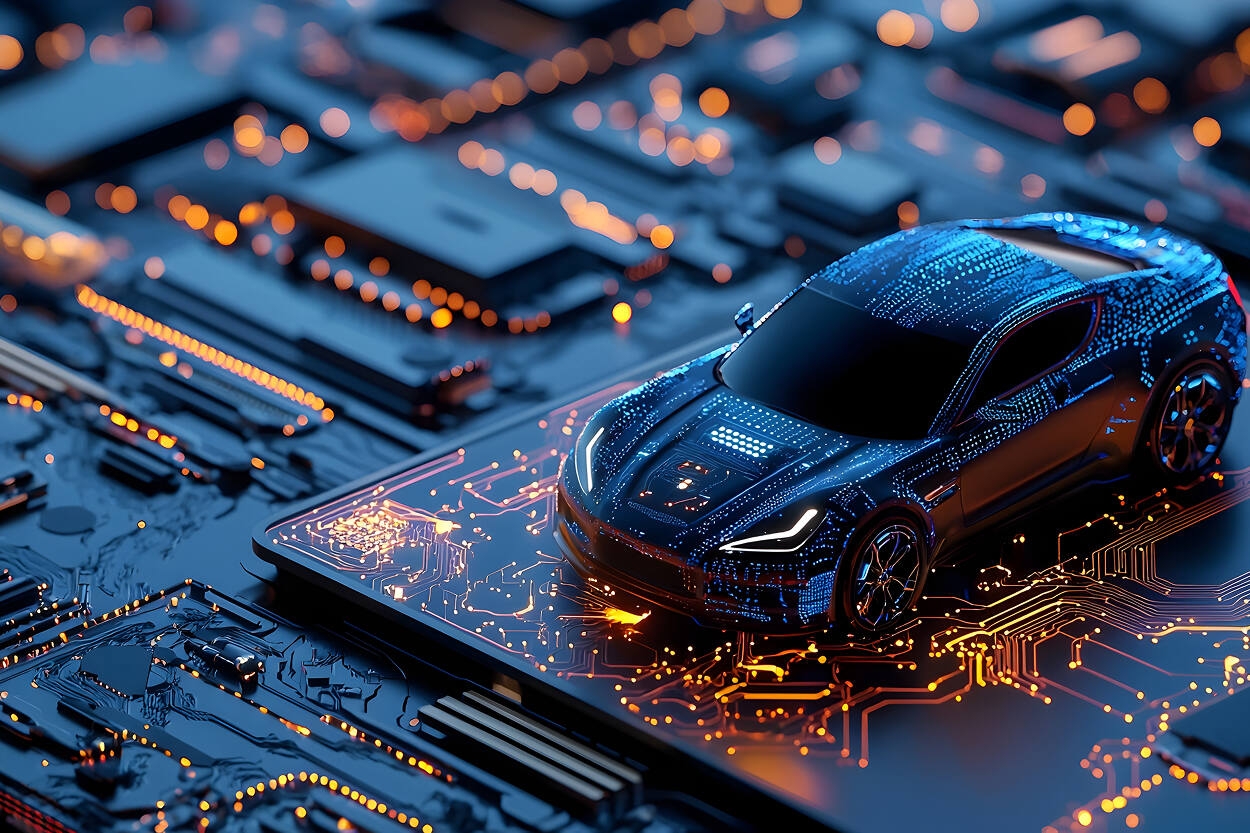
The Car as a Computer
Modern cars aren’t just machines anymore — they’re networks on wheels. What used to be a few control units handling basic functions has evolved into dozens, even hundreds, of small computers spread throughout the vehicle. These Electronic Control Units (ECUs) manage everything: from airbags and lighting to engine performance, infotainment, and driver assistance systems.
But as cars grow more connected, autonomous, and software-defined, this distributed model is starting to show its limits. Managing hundreds of ECUs means higher cost, complex wiring, and headaches with updates, integration, and cybersecurity.
That’s why the industry is moving toward two emerging paradigms: central compute and zonal architecture. Both aim to simplify the vehicle’s brain — but they do it in very different ways.
From ECU Chaos to Centralized Intelligence
Traditional vehicles follow what’s called a domain-based architecture. There’s a separate set of ECUs for each function: powertrain, body electronics, infotainment, ADAS, etc. Each one has its own processor, software, and communication bus.
At first, it worked fine. But once cars began integrating advanced systems like lane-keeping, automated parking, or over-the-air (OTA) updates, the limitations became obvious. The network grew too dense, software updates too fragmented, and testing too time-consuming.
In response, automakers started merging multiple ECUs into domain controllers — powerful units capable of running several functions at once. It was a good transition step, but still not enough for the software-defined future.
Enter the next stage: central compute, where a small number of high-performance computers handle the entire vehicle’s software stack. This shift is already visible across the industry — from premium OEMs piloting centralized E/E architectures to Tier-1 suppliers developing new generation domain controllers. Standards such as AUTOSAR Adaptive and Ethernet TSN are becoming the backbone of these real-time communication networks.
What Is Central Compute?
In a central compute architecture, processing power is consolidated into a few main computers — typically one for safety-critical systems and one for infotainment and connectivity.
These central units run multiple software layers and virtualized environments, much like servers in a data center. Instead of each ECU having its own logic, functions are executed as software applications inside these centralized systems.
The benefits are clear:
– Simpler maintenance: fewer hardware units mean fewer points of failure.
– Easier updates: one central system can push OTA updates across all vehicle functions.
– Better performance: shared compute resources allow faster data exchange and smarter coordination between systems.
For example, when a driver activates adaptive cruise control, the same compute node can process sensor data, predict vehicle behavior, and adjust speed — all without bouncing information between multiple ECUs over a slow CAN bus.
However, this approach also concentrates a lot of responsibility in a few powerful chips — and that raises new challenges.
The Risks of Full Centralization
Central compute sounds elegant, but it comes with trade-offs.
First, redundancy becomes critical. If one main processor fails, you risk losing multiple vehicle functions at once — potentially compromising safety. To prevent that, OEMs must design fault-tolerant systems with hardware and software redundancy, which increases cost and complexity.
Second, heat and power management become serious engineering problems. A central compute node can draw hundreds of watts, requiring specialized cooling systems and robust power distribution.
Third, cybersecurity risk multiplies. A single attack surface means a single successful intrusion could compromise the entire vehicle. That’s why modern architectures integrate hardware root of trust and secure boot chains directly into their processors.
So while central compute is promising, it’s not the final answer. It simplifies architecture, but scaling it efficiently — especially in mass-market cars — remains challenging.
Zonal Architecture: A Smarter Middle Ground
That’s where zonal architecture enters the conversation. Instead of one or two mega-computers running the car, zonal systems distribute computing power across key physical areas of the vehicle — front left, front right, rear, and so on.
Each “zone” controls all the devices in its area — sensors, actuators, and communication lines — and connects to a central compute node through a high-speed backbone like Ethernet.
In essence, zonal architecture bridges the gap between distributed ECUs and full centralization.
The result:
– Shorter wiring harnesses: fewer kilometers of cable and lower vehicle weight.
– Simpler assembly: zones connect via standard interfaces, making manufacturing modular.
– Scalable software: one base platform can serve different vehicle variants by reassigning functions between zones.
It’s a more balanced way to design cars that are both efficient and future-proof.
The Role of Software-Defined Vehicles (SDVs)
Both central compute and zonal designs support the concept of the software-defined vehicle (SDV) — a car whose features are mostly determined by software, not hardware.
In SDVs, you can add new features long after production: enhanced driver assistance, improved battery management, or a redesigned infotainment UI. This requires flexible architecture that can support frequent OTA updates, virtualization, and separation of safety-critical from user-level functions.
Central and zonal architectures enable exactly that — by turning cars into software platforms with standardized communication layers and predictable behavior.
As OEMs like Mercedes-Benz, Volkswagen, and Volvo push deeper into SDV development, these architectural models are becoming the foundation for next-generation vehicle ecosystems.
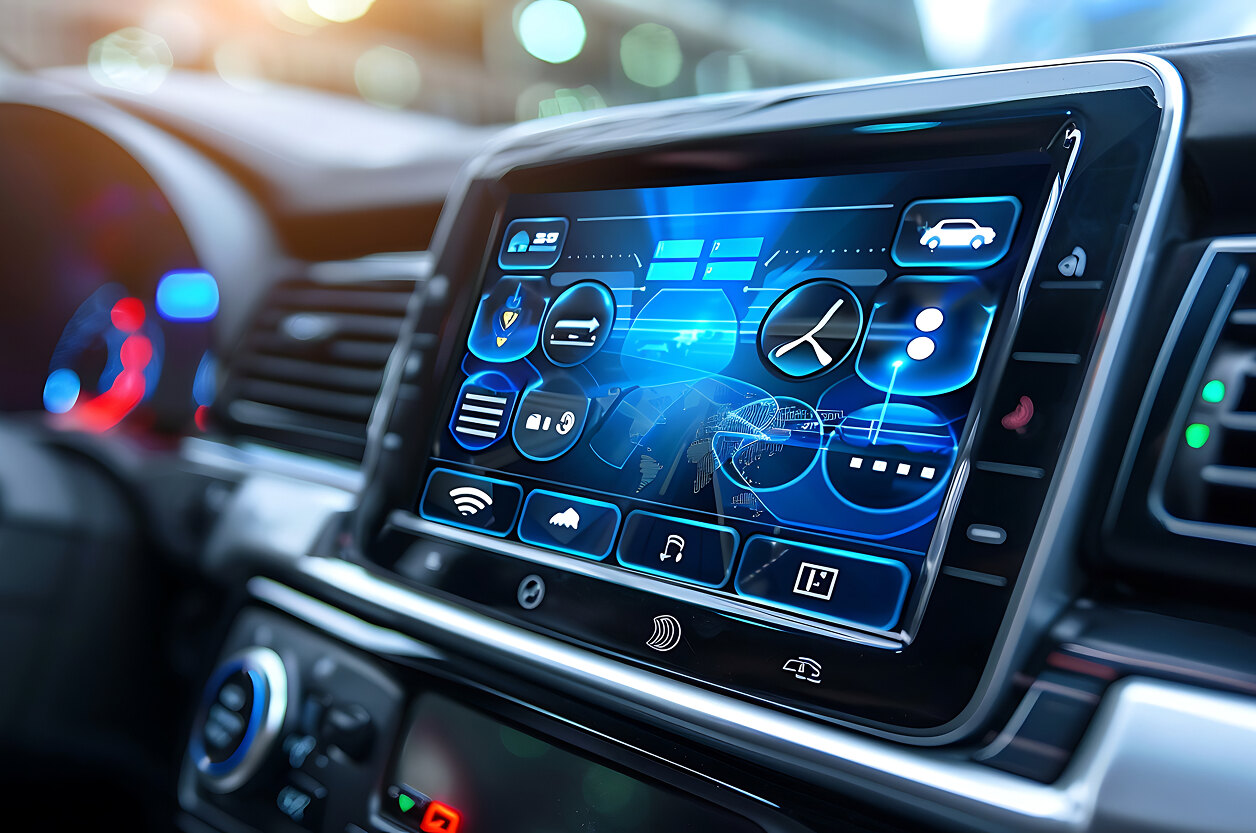
The Technical Backbone: Ethernet, Hypervisors, and Real-Time OS
A key enabler for both approaches is high-speed automotive Ethernet, replacing legacy CAN and LIN buses. With bandwidths of up to 10 Gb/s, Ethernet supports large data transfers between sensors, cameras, and compute units.
Software virtualization through hypervisors allows multiple domains to run on one processor safely. For example, an RTOS can handle braking and steering, while a Linux or Android environment manages infotainment — all within isolated partitions.
Additionally, frameworks like AUTOSAR Adaptive, ROS2, and QNX provide standard APIs and safety certification pathways, allowing modular software deployment across zones or central nodes. In practical implementation, these frameworks are increasingly combined with model-based design and hardware-in-the-loop validation, ensuring that zonal and central compute architectures meet both functional safety (ISO 26262) and cybersecurity (ISO 21434) requirements from early design stages.
Together, these technologies transform car software into something closer to cloud infrastructure — dynamic, scalable, and updatable.
Power and Thermal Design Challenges
Consolidating ECUs means consolidating power. Modern vehicles can draw more than 100 amps to feed high-performance compute units, cameras, and sensors. Managing that load efficiently is key.
Zonal systems help distribute power locally, reducing voltage drops and improving safety. Meanwhile, central compute systems often rely on liquid-cooled housings similar to those in gaming laptops or data centers.
Thermal simulation and power optimization have become integral parts of automotive design. Engineers now use digital twins to model temperature and energy flows before building physical prototypes — shortening development cycles and reducing risk.
The Transition Path: Hybrid Architectures
Most automakers today are not choosing one path or the other — they’re combining both.
The hybrid approach uses zonal controllers for local I/O management and one or two central compute units for high-level decision-making. This design balances resilience, performance, and scalability.
For instance, Tesla’s vehicles use centralized computing for Autopilot and infotainment but maintain distributed microcontrollers for safety-critical systems. BMW’s and Stellantis’s upcoming platforms are following similar strategies, merging zonal network topologies with centralized decision logic.
This transition will likely define the next decade of automotive design — gradual, modular, and heavily software-driven.
Business Impact and OEM Strategy
For automakers, the architectural shift isn’t only technical — it changes the entire value chain.
Hardware complexity decreases, but software complexity skyrockets. OEMs need in-house expertise in embedded development, middleware, cybersecurity, and AI integration. The focus moves from wiring diagrams to code repositories.
This also opens opportunities for new revenue models: feature-on-demand subscriptions, predictive maintenance, and AI-based analytics that continuously improve vehicle behavior.
Suppliers and Tier-1s are adapting as well, moving from hardware manufacturing toward software-centric collaboration. The ecosystem is becoming more like consumer electronics — fast, iterative, and innovation-driven.
Cybersecurity and Safety Considerations
The more centralized the architecture, the more crucial security becomes. Each central or zonal controller must support secure boot, encryption, and authentication to prevent unauthorized access.
Additionally, functional safety per ISO 26262 and cybersecurity management under ISO 21434 must be integrated into development workflows from the beginning — not treated as afterthoughts.
AI-based monitoring tools now play a key role, detecting anomalies and potential attacks in real time. These intelligent safety systems can isolate compromised zones or reroute data, ensuring that even if one component fails, the rest of the vehicle remains operational.
What Comes Next
Over the next few years, the debate between central and zonal architecture will fade — because they’ll coexist.
The future of vehicle electronics will combine centralized intelligence for complex decision-making (like autonomous driving) with zonal modularity for efficient power and data distribution.
As semiconductor technology advances, the boundaries between zones and central compute will blur even more. A single chip could one day handle both AI perception and local control simultaneously — effectively merging architectures into one adaptive platform.
In this future, vehicles will operate less like mechanical systems and more like distributed computers — always connected, self-learning, and continuously evolving through software.
Promwad Insight
At Promwad, we design embedded and FPGA-based platforms that enable next-generation automotive architectures — from ECU consolidation and zonal gateways to real-time connectivity and software-defined vehicles. Our engineers integrate AUTOSAR, Ethernet TSN, and AI-on-Edge technologies to help OEMs and Tier-1 suppliers accelerate the shift toward centralized, safe, and updatable in-vehicle systems.
AI Overview
Key Applications: Central and zonal compute architectures, SDV enablement, real-time processing for ADAS and infotainment, and power optimization in EVs.
Benefits: Simplified wiring, faster updates, improved performance, modular scalability, and reduced manufacturing cost.
Challenges: System redundancy, thermal management, cybersecurity, and software integration across zones.
Outlook: The automotive industry is converging toward hybrid architectures — blending central intelligence with zonal efficiency to power the next generation of software-defined, connected, and autonomous vehicles.
Related Terms: ECU consolidation, domain controllers, SDV, automotive Ethernet, zonal gateway, functional safety, ISO 26262, vehicle OS.
Our Case Studies


